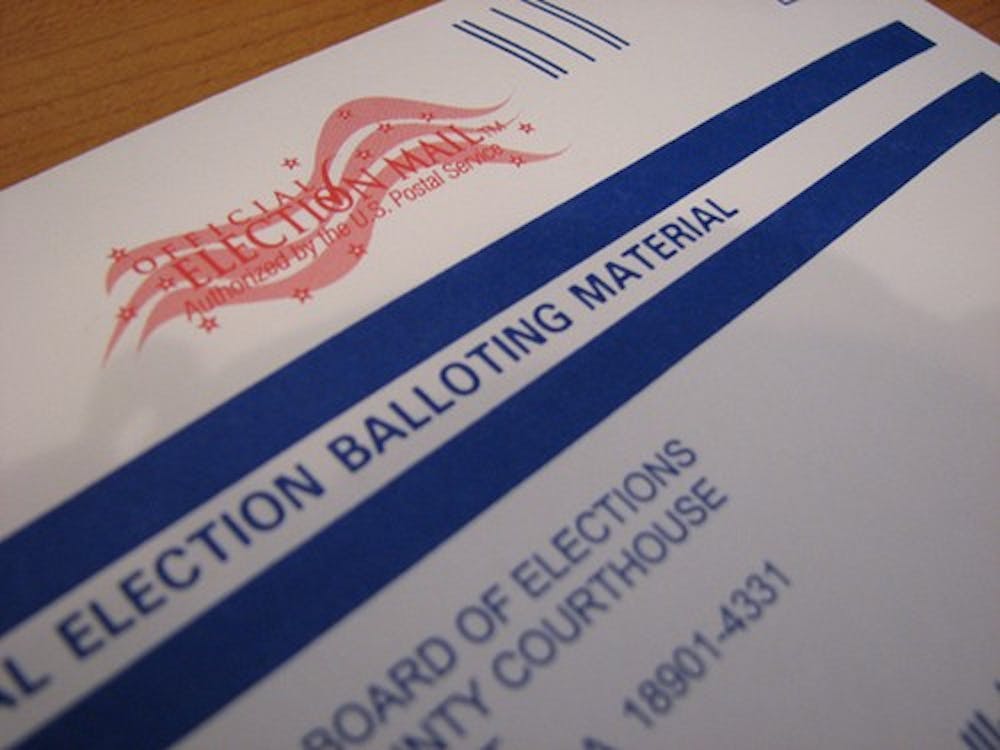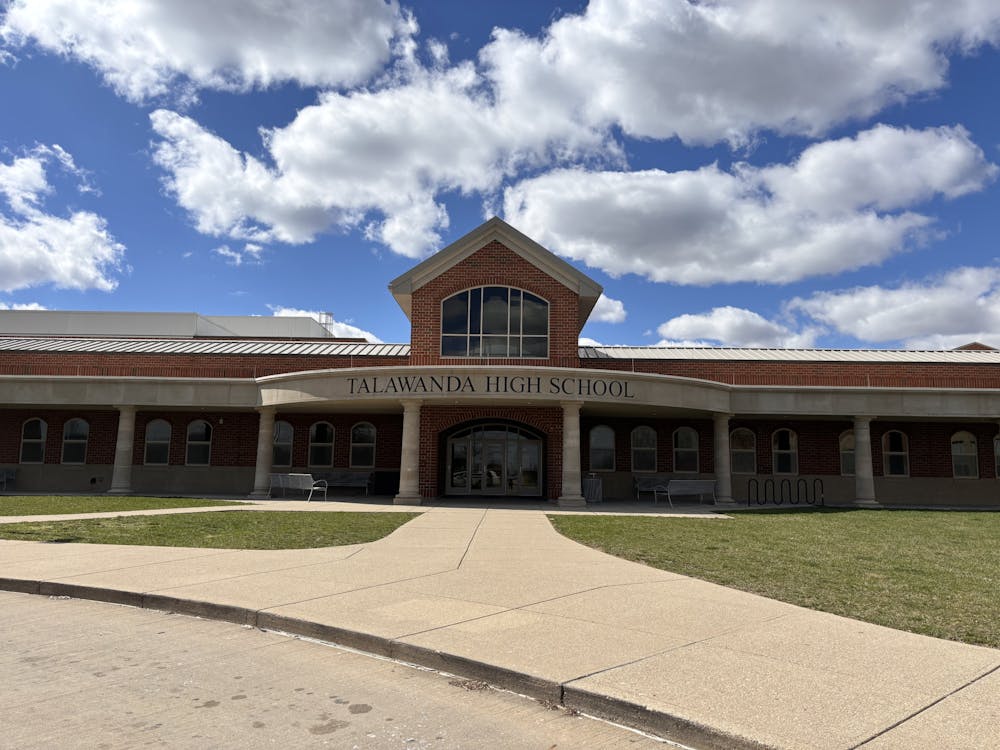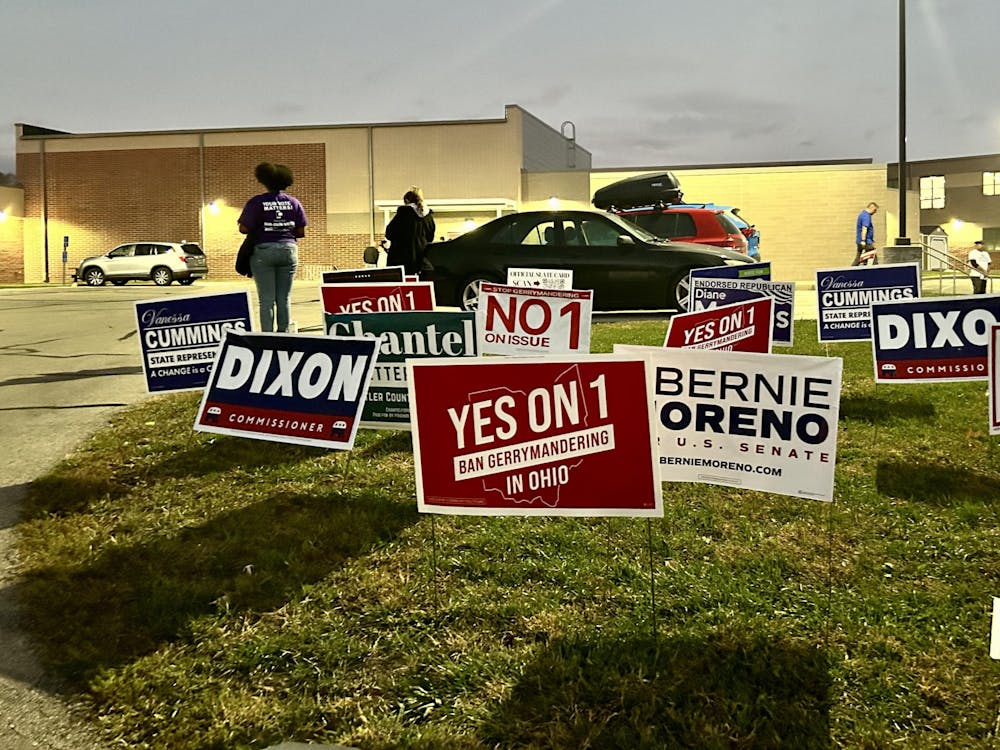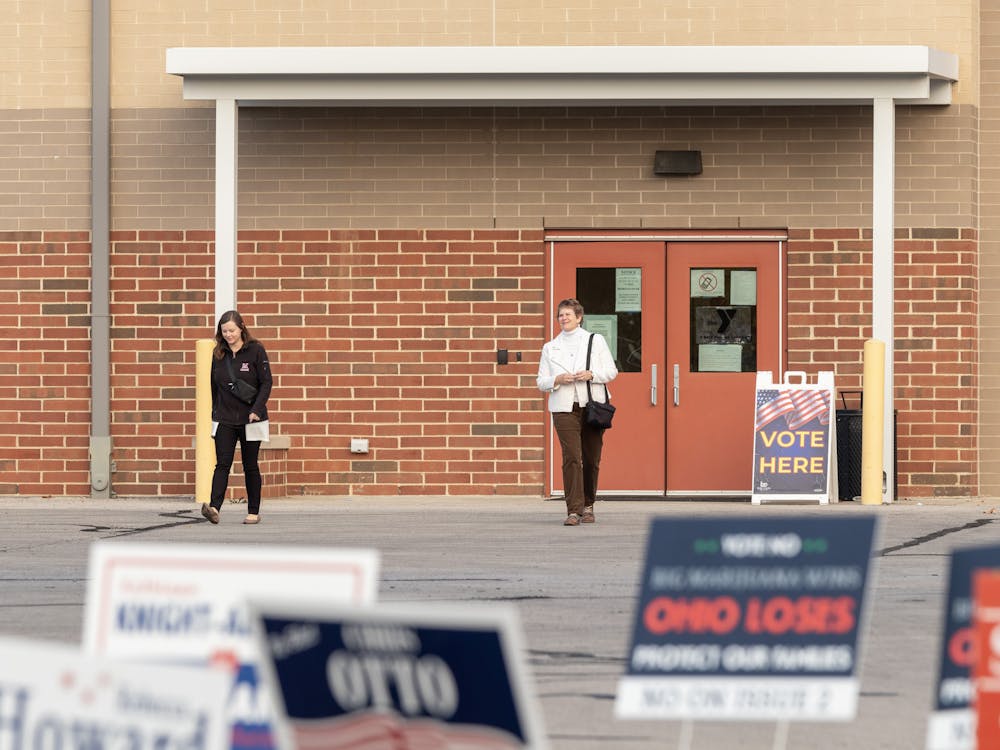By Tess Sohngen, Over-the-Rhine Correspondent
Reporter on the street
Tess Sohngen is a Miami journalism student studying in Over-the-Rhine. This article was previously published in Streetvibes.
If you haven't voted in the last two years, you might have been purged from the voting registrar.
"You don't want to go to the polls on election day to find out you've been purged," said Carren Herring. Sister Herring spoke at the Hamilton County Board of Elections and marched with Nuns on the Bus Tuesday, Sept. 13, to protest the Ohio voter purge.
"The big thing is to let people know," said Sister Monica McGloin, from the Dominican Sisters of Hope. "If people knew they would be outraged."
Twelve thousand voter in Hamilton County and 2 million Ohioans have been purged from voting rolls since 2011, according to David Little, a public affairs consultant who orchestrated the Sept. 13 march. As a major swing state in Presidential elections, these voters could mean the difference between one candidate or another sitting in the Oval office in 2017.
"The purge disproportionally hits people who are poor and living in cities," said Little.
Because low-income families and city dwellers are more mobile--they tend to change addresses more often and are at a higher risk of homelessness--they are more likely to be removed from the voting rolls, according to Little. People of color are among the most impacted, as well.
Citizens who have not voted in the last two years are at high risk of being purged from the voting rolls because the state assumes they moved to another voting district. Local boards of election determine who is purged by mailing a "confirmation notice" to these citizens' addresses, requiring them to provide personal information and return the notice to confirm their address. With no response, the person loses their Ohio voter registration.
"Some did move... but we're finding thousands of people who fall through the cracks," said Little.
Even if someone has not moved, they are still at risk for losing their voter registration. This "supplemental process" created by Secretary of State Jon Husted purged over 51,000 voters in Cuyahoga County - Cleveland's county and the county with the largest population - in July 2015, for which 80 percent was attributed to Husted's "supplemental process," according to Nuns on the Bus.
Enjoy what you're reading?
Signup for our newsletter
"The Board [of Elections] said they are operating under State law, so we should go to the State legislator to talk about it," said Sister McGloin.
After their march outside the Hamilton County Board of Elections, the Nuns on the Bus rode their orange school bus to Venice on Vine in the heart of Over-the-Rhine to register people to vote in the upcoming election. The group will continue to assist community members to register in neighborhoods in and around Cincinnati.
"Voting is important to me as a citizen," said Rita, an Over-the-Rhine resident who came to Venice on Vine to register to vote.
Rita said that many people are deterred from going to the polls on election day after discovering, within a week of the election, their voting location changed. Citizens should receive a letter of where to vote after registering, but those who don't re-register may not receive this letter.
Unregistered voters who go to the election booth are given provisional ballots, which are often not counted because of the time and effort to count all the votes, according to Little.
Nuns on the Bus sang "Joshua Fought the Battle of Jericho" as they marched, accompanied by local musicians on a trombone, saxophone, and trumpet. Their march was symbolic of the Biblical story of the Battle of Jericho where the followers of Moses marched around the walls of Jericho until the walls collapsed.
"We'd like the walls of the purge to come tumbling down," said Sister McGloin.
There is no penalty for re-registering, and the deadline for registering to vote is Oct. 11.




